Inside the radar at the heart of UK defence: Why RAF Fylingdales is more important than ever
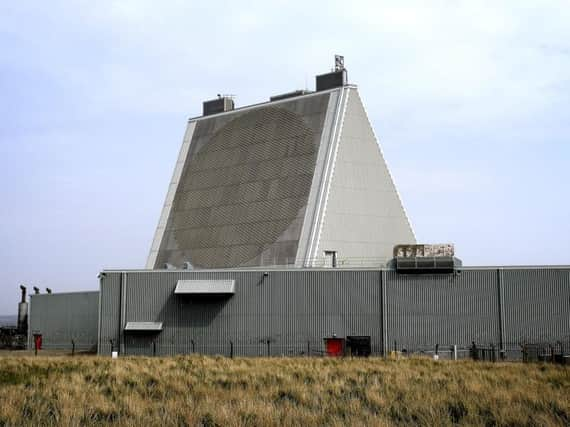

Selected at an unexceptional point in between Pickering and Whitby, RAF Fylingdales was chosen for its proximity to Russia.
The radar was built in the wake of World War Two, which saw the UK become the first country to be hit by a ballistic missile, suffering 1,115 V2 rocket impacts which killed 2,854 and injured over 6,000.
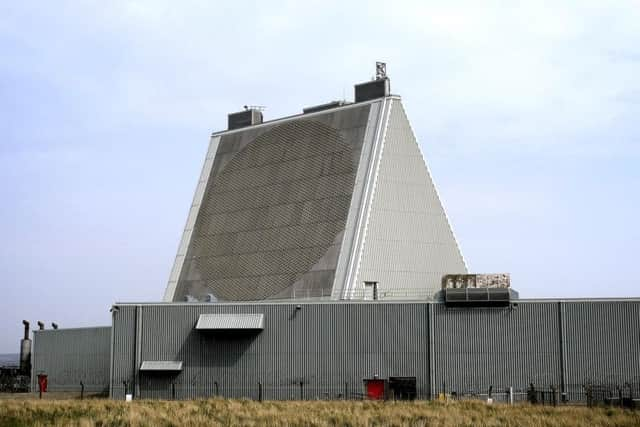

Advertisement
Hide AdAdvertisement
Hide AdIn response to this, the US Government set up a Ballistic Missile Early Warning System (BMEWS) across the northern hemisphere to prevent such devastation happening in their country.
The aim of the BMEWS is to provide uninterrupted ballistic missile early warning and space surveillance services to the UK and US government.
Radars were built in Greenland and Alaska in 1960 and 1961 respectively, with Fylingdales completing the triumvirate in 1963.
Since its opening, the threat to national security has grown ever more complex but RAF Fylingdales has remained steadfast as the first line of defence – protecting not only the UK but America as well.
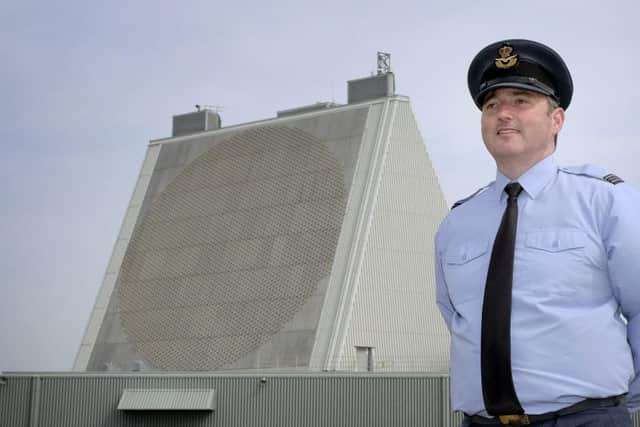

The radar
Advertisement
Hide AdAdvertisement
Hide AdOriginally it was the home of the striking golf ball radars which were replaced by the current three-faced structure 26 years ago.
That radar is the only one of its kind in the world, offering 360 degree coverage up to 3,000 miles into space.
It uses so much power that the site needs its own power station to avoid causing surges on the National Grid.
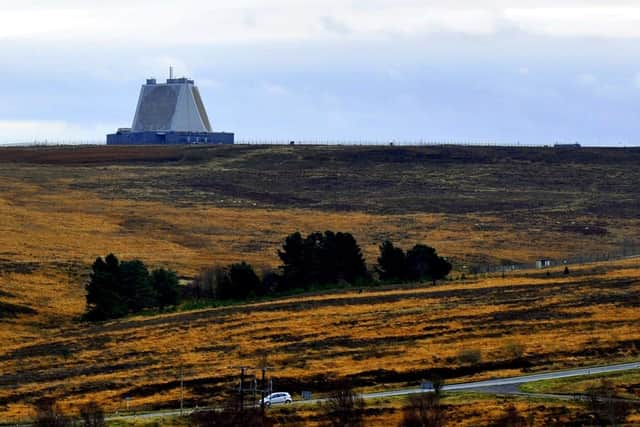

The technology is such at RAF Fylingdales that a surprise attack on the UK cannot succeed.
Advertisement
Hide AdAdvertisement
Hide AdWarrant officer Chris Waller has worked at RAF Fylingdales for 17 of his 34-year career with the RAF.
He’s responsible for sustainment, the infrastructure, operations and upgrades of the radar and special projects between the UK and US.
“First and foremost our job is to protect the UK from ballistic missile attack,” he said.
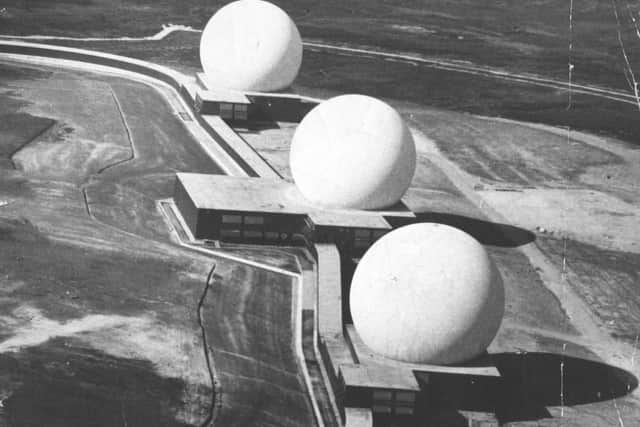

“Hopefully so you can sleep well in your bed every night.”
Keeping space safe
Ballistic missiles are not the only focus of the radar, which also monitors satellites and space debris.
Advertisement
Hide AdAdvertisement
Hide AdAs the world’s reliance on satellites in all aspects of life grows, from broadband to navigation to television, space becomes more and more congested.
The radar at RAF Fylingdales keeps track of more than 13,000 objects in space, from the International Space Station to a spatula dropped by an astronaut during a space walk, as well as over 4,000 satellites.
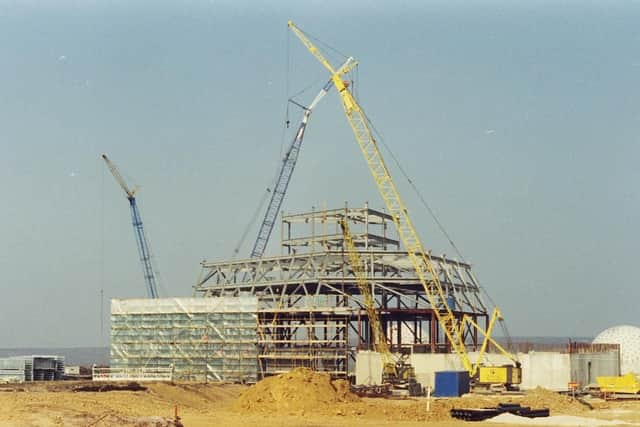

In 1965, two years after the radar started operating, there were just 555 pieces of debris in space.
Congestion means an increased chance of collisions, and the RAF can reroute live objects, or change their speed to prevent objects crashing into each other.
Advertisement
Hide AdAdvertisement
Hide AdWarrant Officer Waller explained that although the modern world has transformed the work they do at RAF Fylingdales, at its core the work stays the same.
He said: “There are more objects in space now, the satellites being put up are getting smaller and technology is improving but primarily we’re still watch keeping.”
High-pressure environment
When an object enters the radar’s air space it generates a site report, giving the officers 60 seconds to decide whether or not it represents a threat.
Information is then sent to the Space Operations Centre at High Wycombe where staff relay it to operations in the US, and the UK Government.
The station deals with six to seven site reports a year.
Advertisement
Hide AdAdvertisement
Hide AdWarrant Officer Waller spoke of some of the more stressful site reports he’s dealt with in his career, saying: “We’ve dealt with no notice missile launches from Russia, you have 60 seconds to decide what to do.
“It doesn’t matter when, if it’s the middle of the night, you have to deal with it.
“Which is why training is so important, we practise procedures on a regular basis.”
Training
Staff at RAF Fylingdales are constantly retrained to ensure they are able to keep a calm head no matter how stressful the situation.
Advertisement
Hide AdAdvertisement
Hide AdWithin the radar is an exact replica of the operations room where training exercises take place.
When a site report is generated in training, a countdown clock appears on every screen.
Over a 10-week bespoke training, junior staff are put through their paces over and over again to prepare them for the real thing.
Andrew Logan, an executive officer at the station, who helps to deliver the training, explained: “This is where we push the teams, and where we push them hard.
“We put them through worst case scenarios.
Advertisement
Hide AdAdvertisement
Hide Ad“The course will take you from knowing nothing to knowing everything you need to.”
Political influence
The ever-changing global political climate makes the work carried out at RAF Fylingdales ever more vital.
Andrew Logan, an executive officer at the station, said: “We’re more relevant now because where there used to be one, there are now multiple threats.
“It makes us more influential politically.
“No one can launch a surprise attack – we are a deterrent.
“We know where every missile comes from.”
Advertisement
Hide AdAdvertisement
Hide AdWith satellites more important than ever for daily life to function, and an increasingly volatile world, the work done inside the three-sided radar that keeps watch on the moors has never been more important.